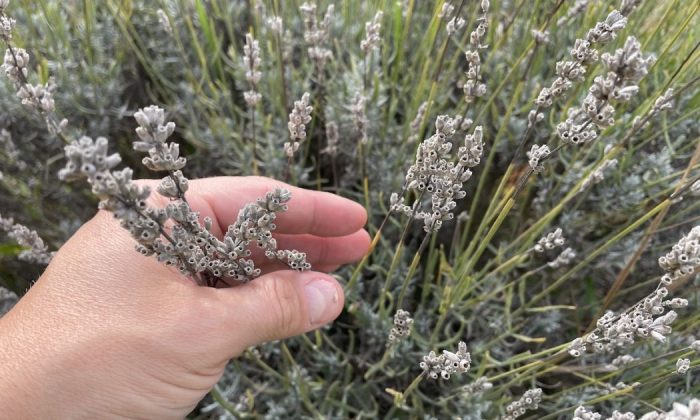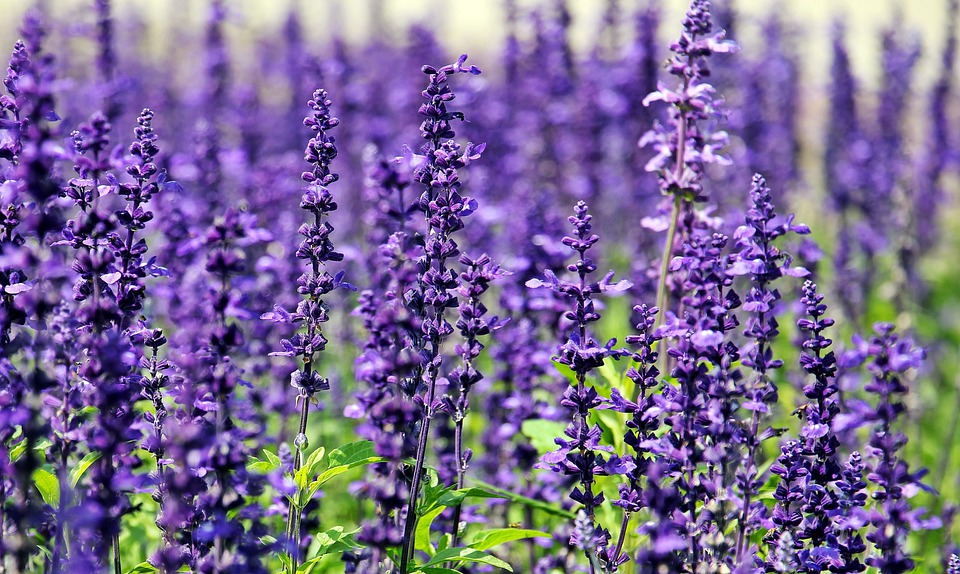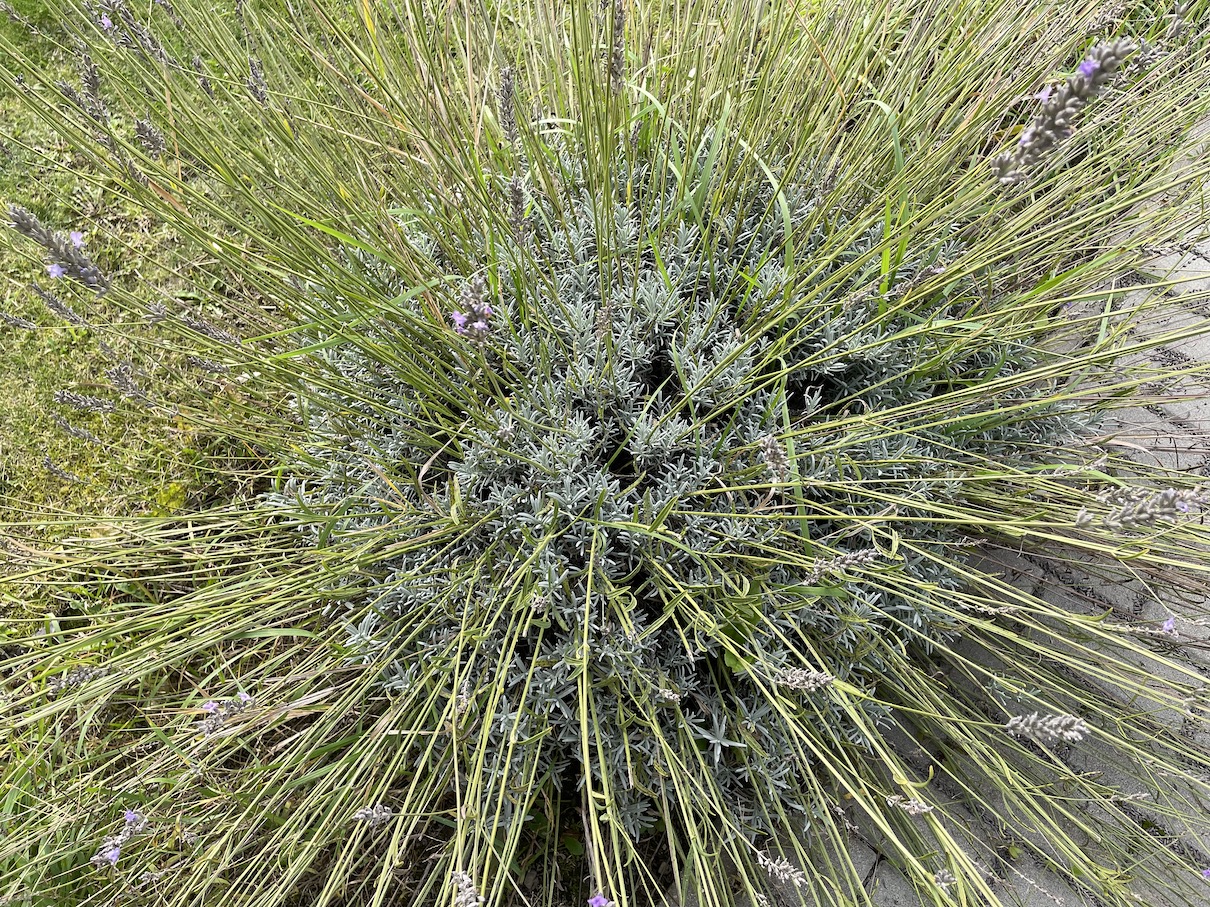Caring for lavender in autumn

Lavender is a great-looking and great-smelling plant. We all know that and as a bonus its scent repels mosquitoes (lavender is often used in the production of home-made repellents), but it not only repels mosquitoes it also attract beneficial insects, which pollinate your plants. Our grandmothers used to put a sprig of lavender in closets, to repel moths. It works pretty well because moths hate the smell of lavender. If you want your lavender to be healthy and strong you need to care for it especially during the fall. This will help lavender to survive the winter and you can enjoy it next year.
Types of lavender
Lavender is native to southern Europe where winters are milder than in central Europe. That is why you find Lavandula officinalis most often in Europe, because it is a frost-resistant variety, but it still needs to be prepared for winter. Lavandula x intermedia, is a crossbreed leaved between Lavandula latifolia and Lavandula angustifolia and it is less frost-resistant and need to be in a protected location where it can survive the winter. However, French lavender (Lavandula stoechas) and Spanish lavender (Lavandula lanata) will only survive mild winters outside. To be sure, do not leave them outside in winter.
Photo: Pixabay
Autumn care
Frost-resistant varieties still need to be prepared for the winter but do not worry. A few steps is all what it takes. A good idea is to apply potassium and phosphorus fertilizers such as basalt flour, which strengthens underground and above-ground parts of the plants. Avoid nitrogen fertilizers, because they promote growth and you do not want that before winter!
To trim or not to trim?
Lavender should be trimmed twice a year. The first time you do that is in spring to stimulate growth and the second time is after flowering. If you did not prune lavender right after flowering do not do it now. October is too late. Trimming exposes cut wounds to cold temperatures and contributes to the deterioration of the overall conditions and may even kill the plant.
Photo: Radek Štěpán
Winter protection
Lavenders will survive the winter without covering but if you help the plant and cover it the plant will get strong sooner and you will enjoy abundant flowers. One or two frosts will not harm the plant but if you expect below freezing temperatures for several daysyou should cover roots with a pile of organic mulch or sand. Cover the remaining part of the plant with pine branches, straw or even textile. If you use textile make sure the plant can breathe. You can also use a cardboard box on small plants (place a stone on top so it does not blow away in the wind).
Source:
https://www.lavenderconnection.com/for-the-love-of-lavender/lavender-care-fall-pruning
https://porady.interia.pl/rosliny-kwiaty-i-ziola/news-zimowanie-lawendy-jak-zabezpieczyc-na-zime,nId,5565516
https://www.ireceptar.cz/zahrada/levandule-lekarska-korunkata-hybrid-lavandin-druhy-odrudy-pestovani-20200331.html
Preview photo: Pixabay

Gardening is my hobby, I have a lot of experience and I am happy to share it.










0 comments